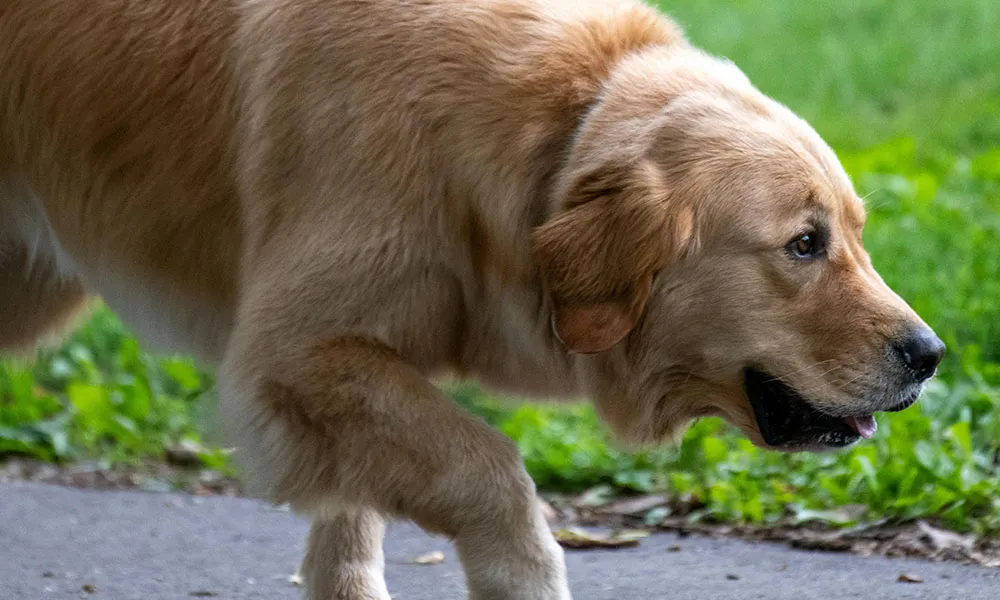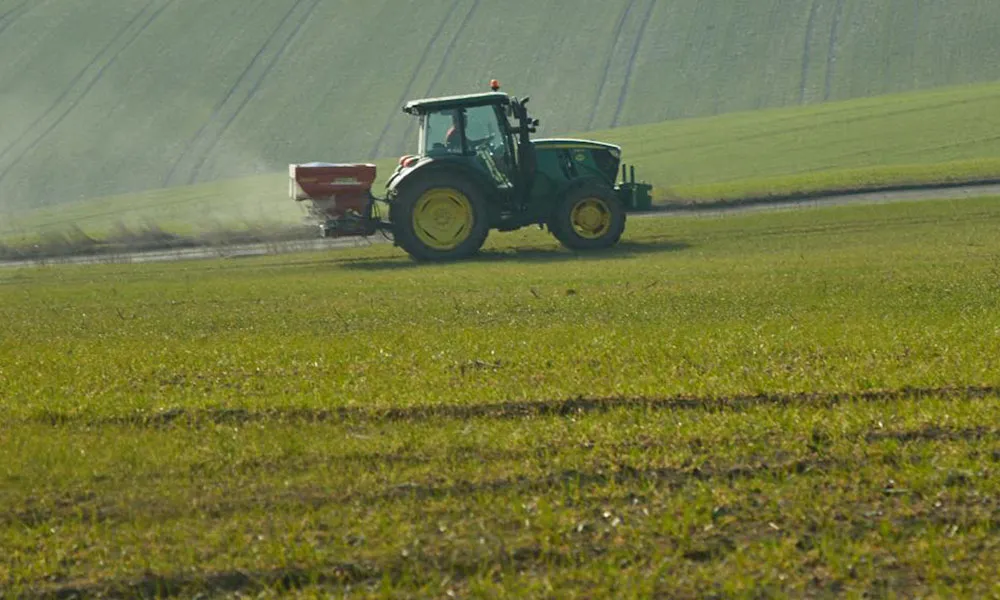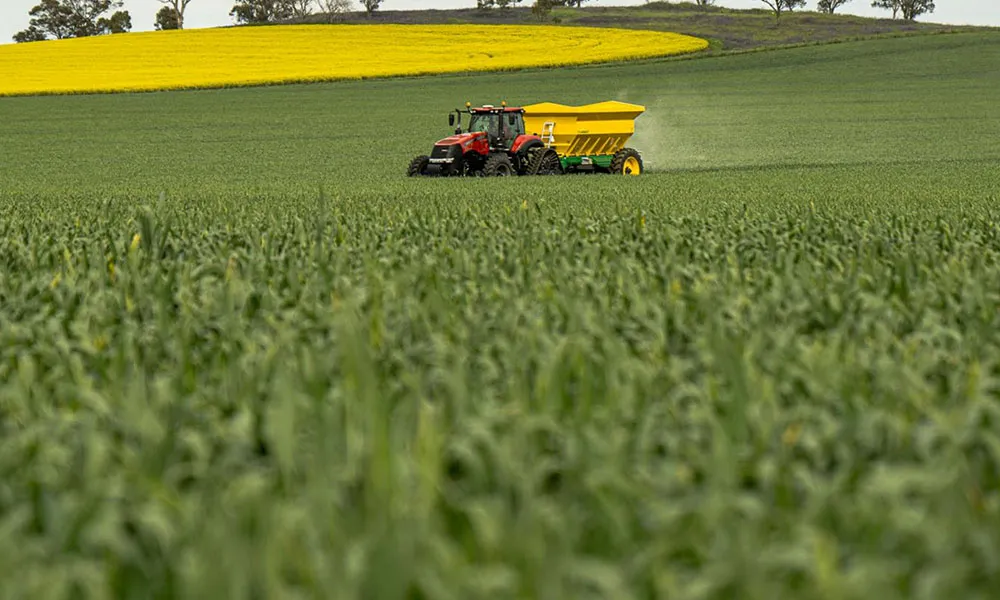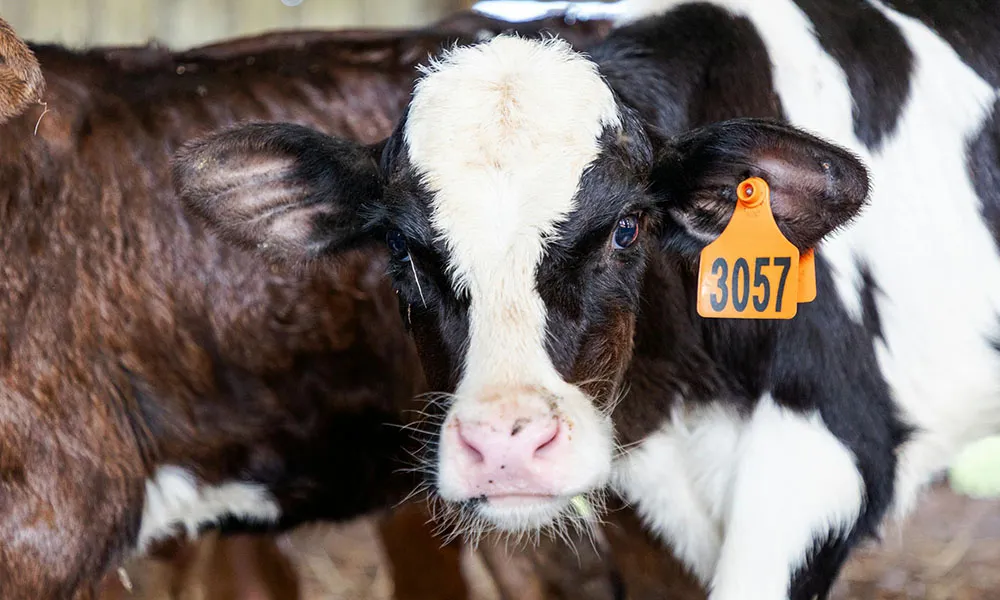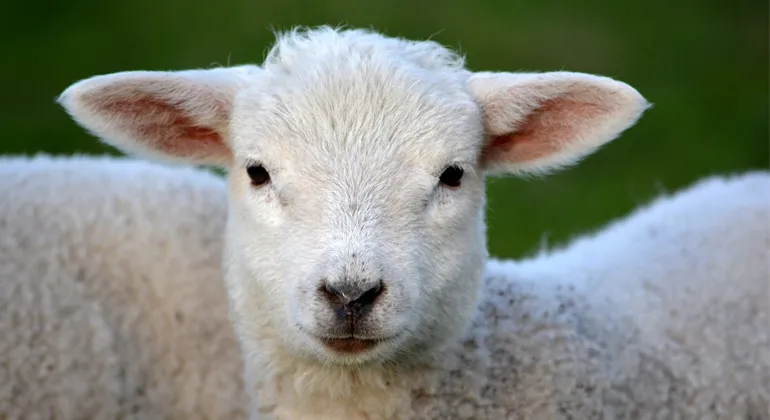
As lambing season approaches, farmers will be keen to reduce losses and maximize potential stock numbers. According to Teagasc’s recent “Let’s Talk Sheep” seminar, farmers should aim to lose no more than 12 percent of this year’s lambs from birth to point of sale. If a farmer loses more than 12% of lambs in a given year, there may be underlying factors that need rectifying to reduce lamb mortality. Since the majority of lamb deaths occur at birth or within the first 24 hours of delivery, farmers should take precautions against the occurrence of disease before, during and after lambing. Maintaining good hygiene during the lambing process is crucial in this respect. Good hygiene will help to prevent bacteria from entering the new lamb through the mouth, the navel or at the tagging and tailing wounds.
Hygiene in pens
There are a few simple measures that farmers can take to ensure good hygiene surrounding the lambing process. First of all, it is important to consider the cleanliness of the feeding area. If you winter your ewes in a shed, you should make sure that each sheep has adequate space at feeding time, that you clean your pens regularly, and that you supply them with plenty of of lime. Scattering lime around the lambing area, using a lime spreader, will help to reduce the likelihood of dangerous bugs lurking on your ewes when they deliver their lambs. In addition, ensuring that your ewes have ample space, and are not fighting and shoving for room at feeding time, will reduce the chances of unborn lambs receiving a fatal injury leading to stillbirth.
Sterilizing equipment
Perhaps the most important hygiene measure for farmers is the washing of lambing equipment, such as tagging and tailing tools, in a disinfectant solution (such as Kilcox Extra) between each use. Doing so will prevent bugs and infections from passing between animals, inhibiting the development of diseases such as watery mouth, joint ill and scour. Furthermore, you should soak stomach tubes, for feeding newborn lambs, in a strong sterilizing solution and washed in clean water between each use, as you don’t want infection spreading from one lamb’s mouth to the next. Another key measure is to clean and disinfect lambing pens between each use (i.e. wash the floor and gates of the pen with a sterilizing solution and clean water after each individual lambing, and before bringing in the next ewe to lamb).
Cleaning wounds
As noted already, the mouth, navel and other wounds are the obvious points of entry for bacteria. The navel, in particular, is a danger point and needs careful treatment to prevent infection. The best course of action is to dip the wet navel in a solution of iodine immediately after delivery. Again, you should exercise caution here, because poor hygiene can do more harm than good. It is important to keep the iodine container cleaned and disinfected between each use. Otherwise, bacteria, faeces and straw will accumulate on the surface. You should make up a fresh solution each day during the lambing season, to avoid further build-up of bacteria!
Colostrum
On a final note, I cannot overstate the importance of good quality colostrum in the hours after birth. Without colostrum, no amount of hygiene will be able to save your lamb. Colostrum contains crucial antibodies that the lamb needs in order to develop immunity to potentially fatal diseases, and no lamb can survive without an adequate amount of it. If the ewe is not producing enough colostrum for her lamb, you can buy high quality and inexpensive replacement colostrum, such as Superstart, in your local agricultural store. Be sure that you have an adequate supply of this product before the lambing season starts. Every minute counts when it comes to your lamb’s chances of surviving that first day. You can’t afford to lose valuable time rushing to your local agri supplies shop to buy replacement colostrum. That's all for now. Best of luck to all farmers this lambing season! Micheál Geoghegan




